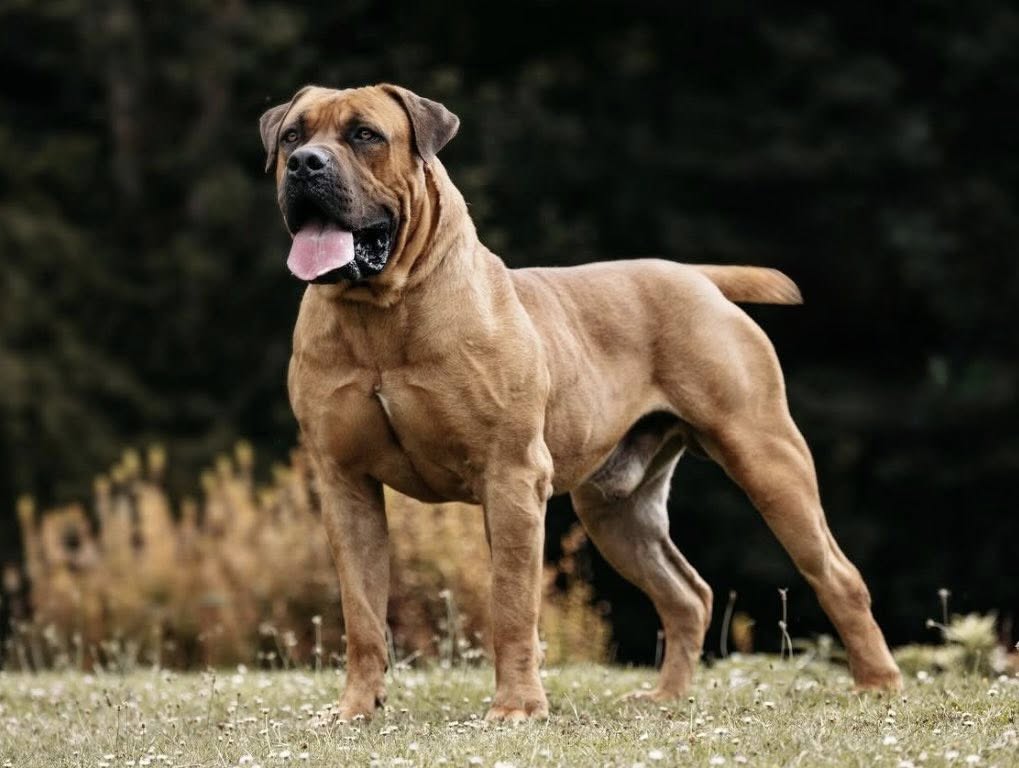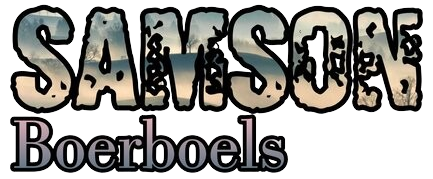A Brief Historical Reflection from Tuff Stuff Boerboel
As a noteworthy South African Boerboel breeder, owner, handler, and trainer – whose very name comes from the words Boer (farmer) and Boel (big dog) – I stand today on the shoulders of a rich history that I hold close to my heart. It is a history I can never forget, for it has shaped this breed into what it is today and allows me to enjoy all that comes with it. This history fuels my passion to promote the Boerboel in the most positive light, built on the firmest of foundations.

When Jan van Riebeeck settled at the Cape in 1652, he brought with him a large mastiff-type dog which—together with the hardy Africanis/Khoikhoi dogs—formed the foundation of the breed. By the 1980s, however, the Boerboel had begun to decline. At that time, dedicated men such as Lucas van der Merwe and Jannie Bouwer, together with others, traveled across South Africa in search of the true old-type Boerboel. Out of more than 250 dogs assessed, only 72 were selected. “Many are called, but few are chosen.”
In 1983, the SABT was founded – today known as the South African Boerboel Breeders’ Society (SABBS) – and in 1987 the first official breed standard was set in stone. In South Africa, the Boerboel is recognized under the Animal Improvement Act as an indigenous breed – a testament to its functional heritage.
For me, the Boerboel is more than just a dog: it is a companion, a guardian, a symbol of loyalty, heritage, passion, and living history. When people ask me why I breed, the answer is simple: not for financial gain, not for color trends, popularity, or image. I do it for history, for what this breed means to me, and for the love of the Boerboel.
